"Quiet" Exploitation in the Andes: the slave labor of Loro Piana + LVMH
Why fashion is a truly toxic, colonial system + the shiny white saviour complex , green washing that tries to hide the truth and trick the consumer.
This image of adorable little vicuñas brought to you by the LVMH propaganda machine.
Hi friends,
This week all eyes were on ultra luxe brand Loro Piana, the #quietluxury Italian purveyors of the cult $600 hat worn by Kendall in HBO’s Succession. In case you missed this pathetic display of everything that is wrong with Fashion - let’s break it down and add some notes on Andean culture which I think help contextualize this mess. Wealth-obsessed “quite luxury” brand Loro Piana prides itself -via a very white saviour complex narrative, as having “saved” the farming of vicuña wool which is indigenous to Peru, yet it is just another variant of the tried and true corporate conglomerate that exploits the labor of workers in the Global South.
On their website you can find a fun LVMH article (propaganda) entitled “Loro Piana helps save the vicuna.” Here is what the company had to say about their noble, sustainable efforts: “Thanks to a partnership initiated by Loro Piana in 1984 the future of this endangered species has been safeguarded. This exemplary project resonates with Loro Piana’s longstanding commitments to protecting the environment…This ethos led to the development of a vertically-integrated strategy to ensure control over the entire value chain.” Hmm, maybe that should read to help exploit those at the bottom of said chain.
This story hits home for me as I was born in the Andes and have worked with artisans in that region for over twenty five years. Here is an excellent article about the massive inequality, exploitation and hypocrisy of this week’s Loro Piana scandal, but first more cultural context.
Considered the most expensive luxury brand in the world, Loro Piana was founded in 1924 in Quarona, Italy. The brand is known for their use of luxe textiles and craftsmanship including the harvesting of vicuña wool - the most expensive in the world. As the prices for Loro Piano vicuña items have soared ($34,000 coat anyone?) due to the high demand for this rare wool, the pay to the indigenous farmers who harvest and shear this raw material has fallen 36 percent in the past decade as the region sinks further into neglect and poverty. The indigenous farmers who harvests this “fiber of the gods” can neither wear it nor process and sell it because they lack the resources to buy the machinery, plus their land has been purchased by Loro Piana with the blessing of the Peruvian government.
This “Diet Prada” (follow them on IG) post was brilliant, IMO.
The aforementioned Bloomberg News article follows a 75-year-old “subsistence farmer” (code for Neo Colonial slave labor) in Highland Peru who “works free of charge for the world’s richest person.” French multinational holding and conglomerate LVMH, whose owner, Bernard Arnault’s net worth is a staggering 235.9 billion USD paid $2.6 billion for Loro Piana, brand. According to a WSJ article, LVMH gained a “vibrant, vertically integrated business…[whose uber wealthy clients] can also outfit their private jets and yachts with fabric from the burgeoning interiors business.”
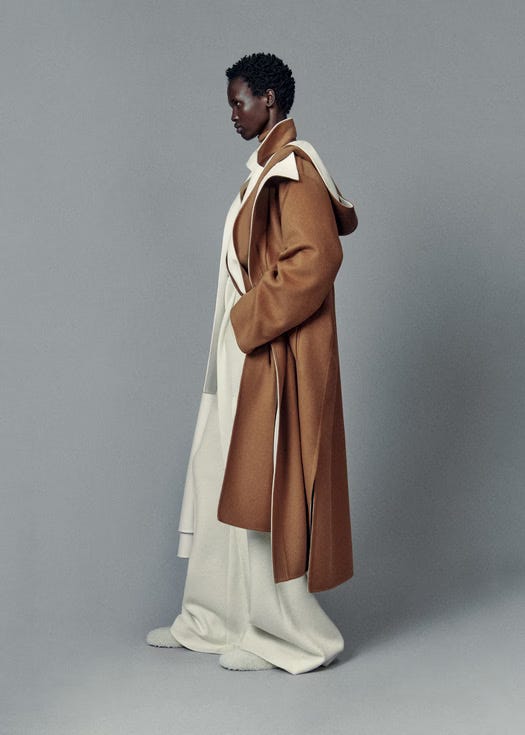
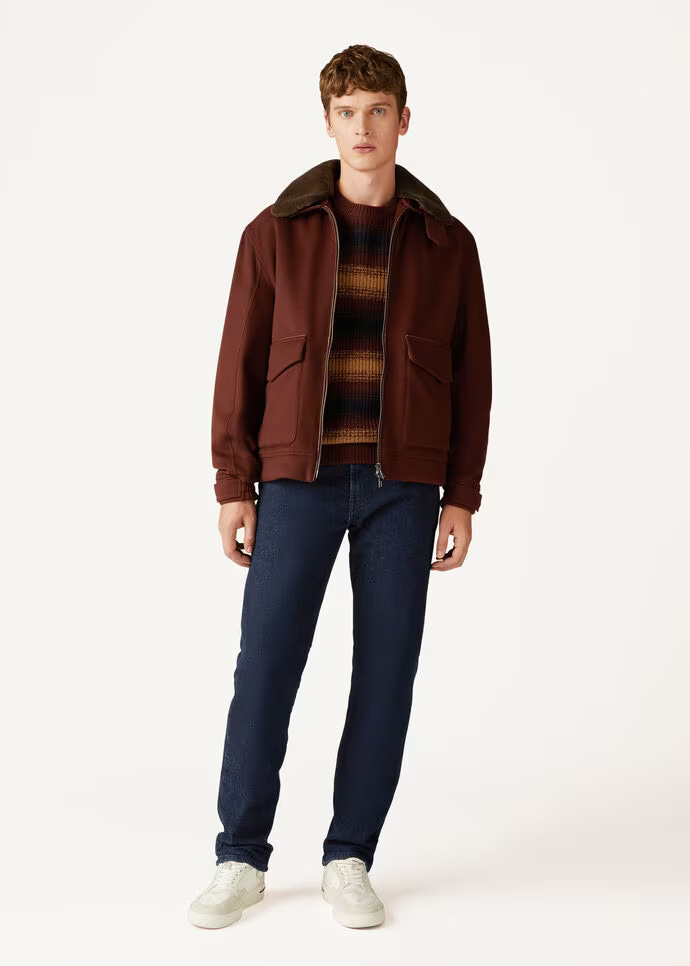
Here are some current #quietluxury vicuña items from Loro Piana for that “label-less iykyk “Succession fit” that says I am super wealthy (despite wearing slave labor).
During the Inca empire the wool of the Vicuña, the smallest of the camelids, and a close relative of the llama, was considered sacred. It was worn exclusively by royalty, explaining its appeal to modern-day, stealth wealth signaling luxury Loro Piana customers. Vicuñas almost became extinct in the 1960’s, but thanks in parts to dubious trade agreements between the government of Peru and oversea companies like Loro Piana who secured exclusive rights to much if not all of the wool produced in certain areas, the animal survived. Despite their green washing claims fact that LVMH “saved” the animals, these agreements have not benefited the people who harvest the wool and steward the land - their ancestral land.
According to the brilliant Bloomberg article that broke this story here is how the wealthiest fashion conglomerate in the world treats the indigenous farmers who harvest their luxury commodity:
Vicuñas were hunted almost to extinction in the 20th century by poachers who shot and skinned them instead of shearing them. Trade in the wool was outlawed in 1969. An international treaty later helped reinstate a legal market while dictating that income derived from vicuñas benefit Indigenous Andean peoples, a historically impoverished population. Lucanas was the first community to shear vicuñas under this regime, in 1994, and Loro Piana has been its buyer ever since. The trade has done little for the 2,700 people of the village. Most houses are made of mud…and don’t have plumbing. Older residents remain subsistence farmers while the younger people either move to cities or work in the unregulated and often dangerous gold mines that dot the region.
LISTEN TO THIS LINKED PODCAST where Cultural anthropologist Sandra Niessen explains the cultural theft I am speaking about as a sacrifice zone, this podcast includes her brilliant take on colonial erasure. Her work really highlights how Fashion has been weaponized as a tools to exploit and OTHER people, and how it illustrates what systems (i.e. LVMH) truly hold the power and at what cost.
It takes the wool of 35 vicuñas to make ONE Loro Piana coat, which is how they justify charging $33,154 for one men's vicuña coat. Each vicuña can be sheared only biannually, hence the “exclusivity.” This week a US lawmaker, Congressman Robert Garcia demanded answers for LVMH’s labor abuses :
“This seems to me as clearly exploitation and it is a huge multinational corporation that is owned by some of the wealthiest people in the world.”
In LVMH’s only statement after this story broke the company emailed this:
“We have also increased our investments in irrigation, education, and infrastructures in Peru over the past years, and we are committed to dedicating additional resources to benefit local populations going forward.”
What is missing from the analysis of this scandal is some Andean cultural context: specifically the concept of Minga . This Quechua word means “collective work” and is something that has been practiced in the Andean culture for centuries. This communal practice of cooperation, common to rural Indigenous and communities in the Andes, “often takes the form of rotating labor to work on farms and build collective infrastructures such as roads or irrigation canals.” However, during the reign of the Inca and later during Spanish colonial times, the minga was used as a mechanism of forced labor, something I believe LVMH is capitalizing on, all while green washing their way to massive profits, (just look at this very luxe green washing campaign)
The false altruism behind LVMH’s claims of “safeguarding the vicuna” is really highly stylized green washing (will explain the origin of this term below.) These false claims, aimed at making the people buying an $11,000 sweater feel warm and fuzzy with thoughts of helping poor peasants is pretty gross. The image below is from a recent add, too bad the woman in this glossy editorial picture is not making anything from the exorbitant price tag yet her image is used as an example of their altruism. This is a blaring example of the weaponizing of cultural values. The wealthiest fashion conglomerate in the world weaponizing the community ethos of Andean culture, the minga, to their exclusive benefit.
Read the self serving caption for this image: “Loro Piana’s relationship with the Vicuña is celebrated (insert vomit emoji here) as an international exemplar (note the fancy language to hide the reality: exploitaion in the guise of ‘aid’) in endangered species conservation."
P.S.* Reader if you want to buy Andean textiles where the money goes TO the weavers, here is a women-owned and operated collective that I have worked with for years. Moral of this essay: always buy from the source! And be wary of green washing no matter how LUXE it appears. xoxox V
Please consider becoming a paid supporter and supporting my research, the rest of this email, where I trace the history of green washing was for my paid subscribers (who I appreciate very much!) but I cannot figure out how to work the settings!
What is greenwashing?
#greenwashing then and now:
Environmentalist Jay Westerveld coined the term "greenwashing" in 1986 to describe how petroleum companies like Chevron used media to erroneously present “themselves as caring environmental stewards, even as they were engaging in environmentally unsustainable practices” like pillaging the rain forest. This 2022 example and what we just read about shows how this practice is stronger than ever, see the most laughable greenwashing media blitz of late: Kourtney Kardashian as "sustainability ambassador" for ultra fast fashion...
File this under #greenwashing on acid: the pairing of Kourtney Kardashian, who recently re branded herself as a wellness lifestyle guru with her online retail market place for all things posh and "green" Poosh (note the clever Goop-like use of double oo's), and UK-based fast fashion retailer Boohoo. This is the apex of reality distortion: a private jet-strutting tabloid star (net worth 85 billion in 2022) is hailed as a #sustainability "ambassador" for a fast fashion company that has underpaid their mostly female garment workers (in Pakistan they forced garment workers to work 24 hour shifts). To me this is everything that is so glaringly wrong with both the current cult of celebrity and the deceptive claims of sustainability by an over-producing and over-polluting industry. This collaboration includes limited-edition pieces using recycled fibers, traceable cotton, recycled sequins and "recycled" polyester. Putting the word #recycled before polyester which is petroleum-based and, as Aja Barber has said, is not a textile but in reality a plastic bottle that cannot be recycled, is yet more greenwashing. As a mother of two teens who are in the demographic targeted by the predatory marketing of these fast fashion companies, I wish their were regulations in place that forbade these lies.
I first heard about Kardashian's new foray into healthy living from my fifteen-year old daughter. On the website, Kourtney explains the "why" behind her new venture: "People are constantly asking me how I do it all, from being a mom to working full-time to still maintaining a social life. I get endless questions about food, kids, beauty, and fashion, so I decided to create Poosh, a curated experience and a destination for modern living." Her 85 million net worth, army of staff, chefs, security team, nannies, stylists and privileged life of private jets offer this solution: just buy more stuff! To pitch more consumption as a way out the under-played yet dire climate crisis that is our reality is deeply problematic. Are people really being duped that buying more stuff via her website and consuming Boohoo's sustainable clothing line is a solution? WTF. I despise writing about the Kardashians when there are so many real issues but we need to raise (like the facet hat Pakistan is one third under water). But more awareness is needed. Let’s demand these brands and their "influencers" be held accountable or at the very least called out for BS.





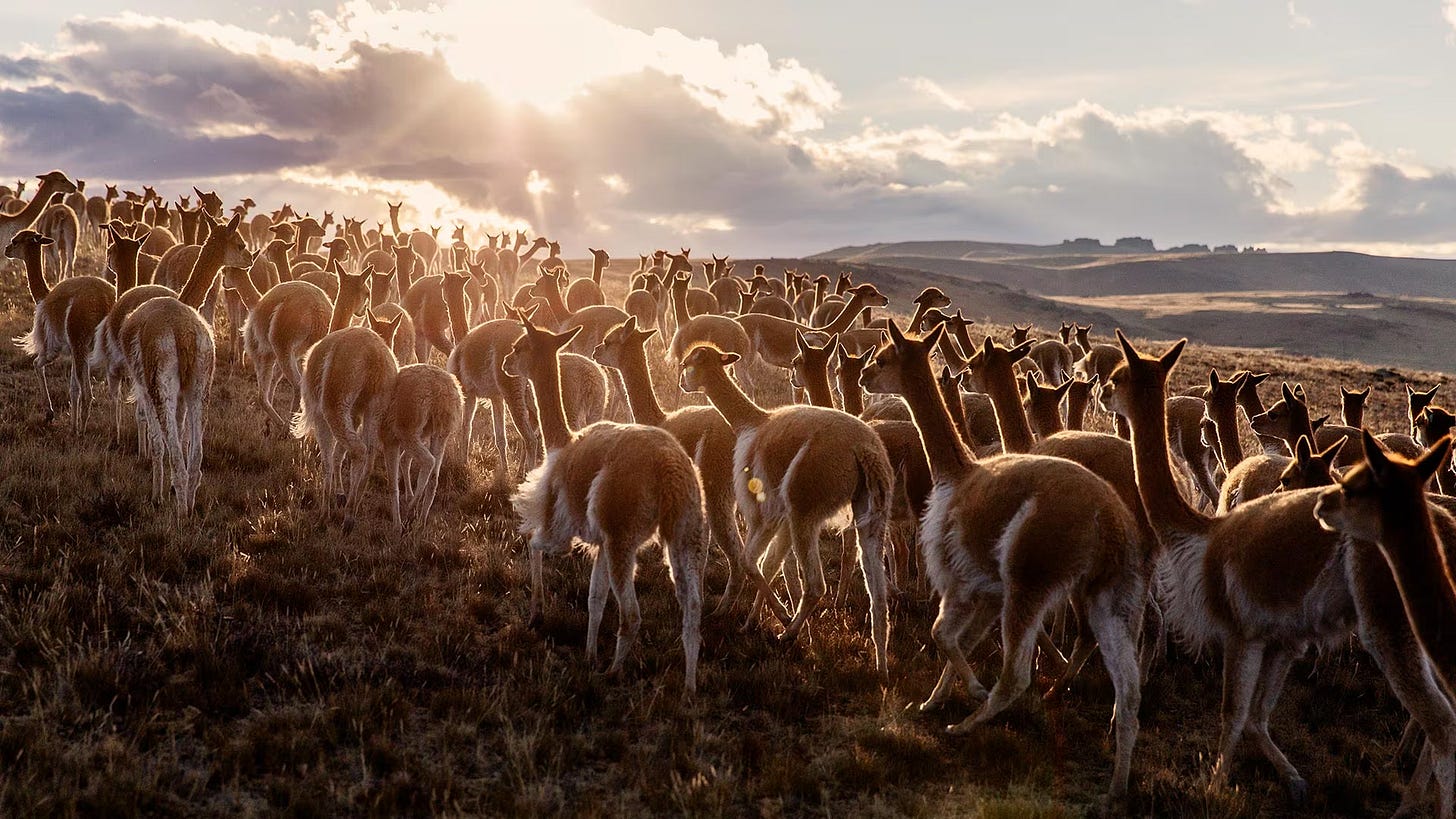
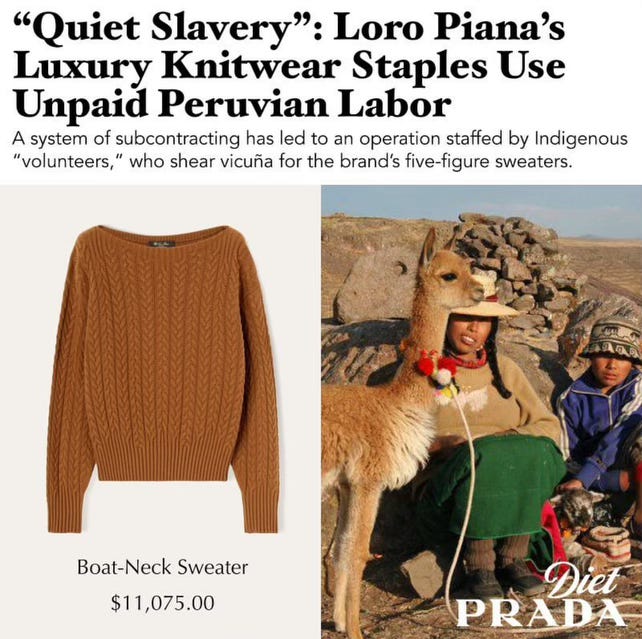



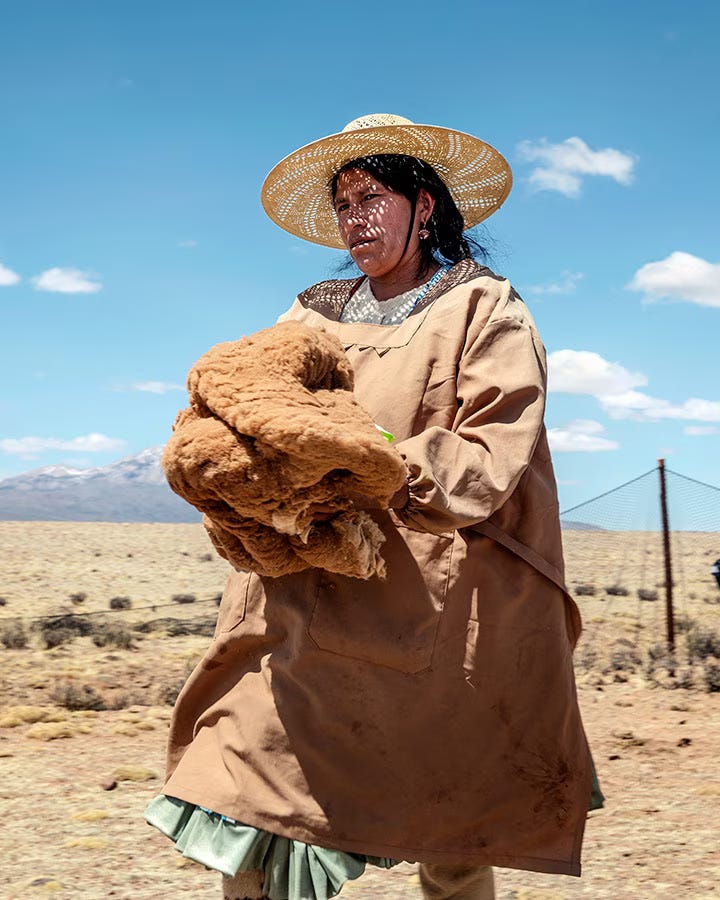
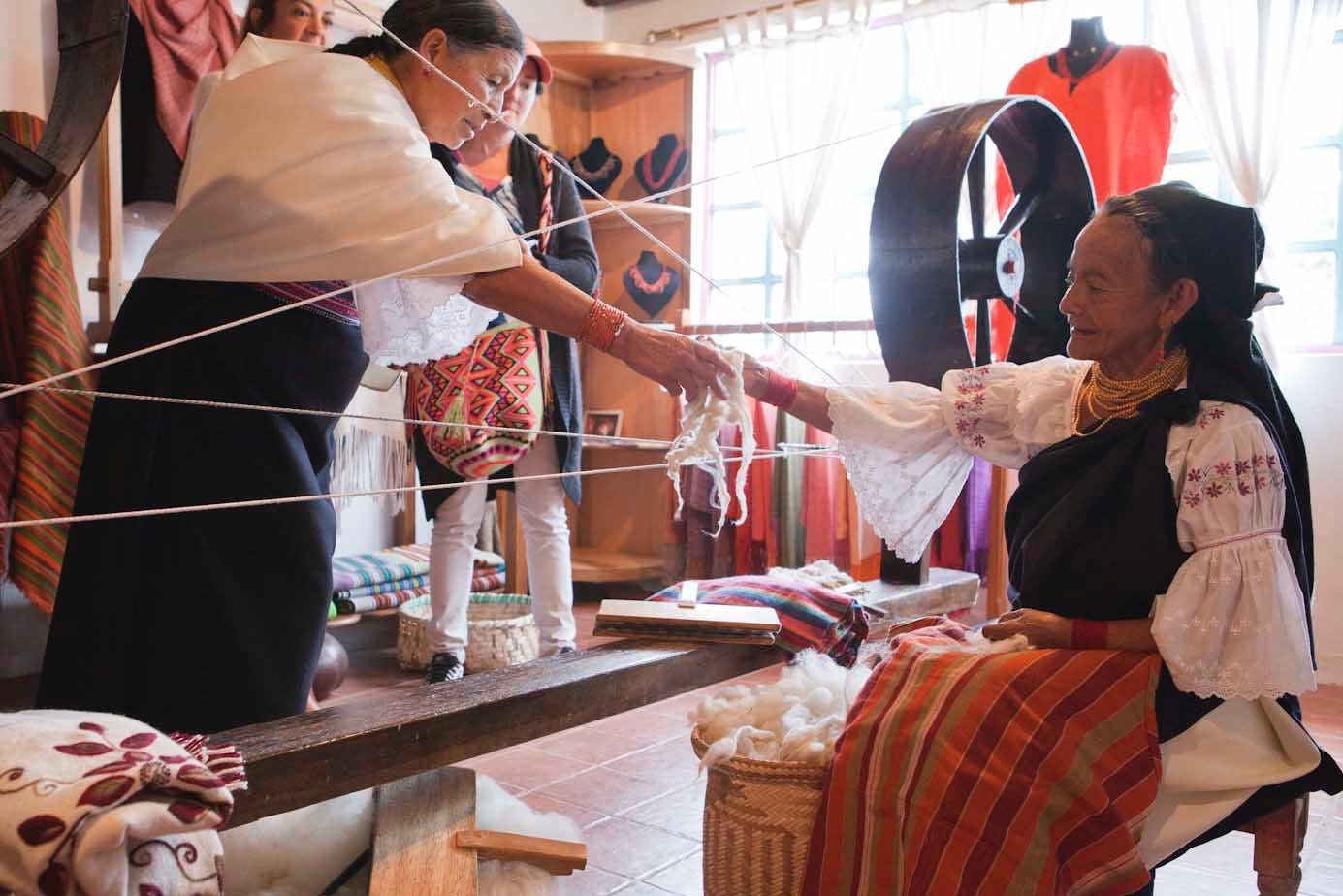

Great article. Totally unsurprising and sad.
What an extraordinary analysis of what “high fashion” and extortion want us to believe😳 It needs to change !